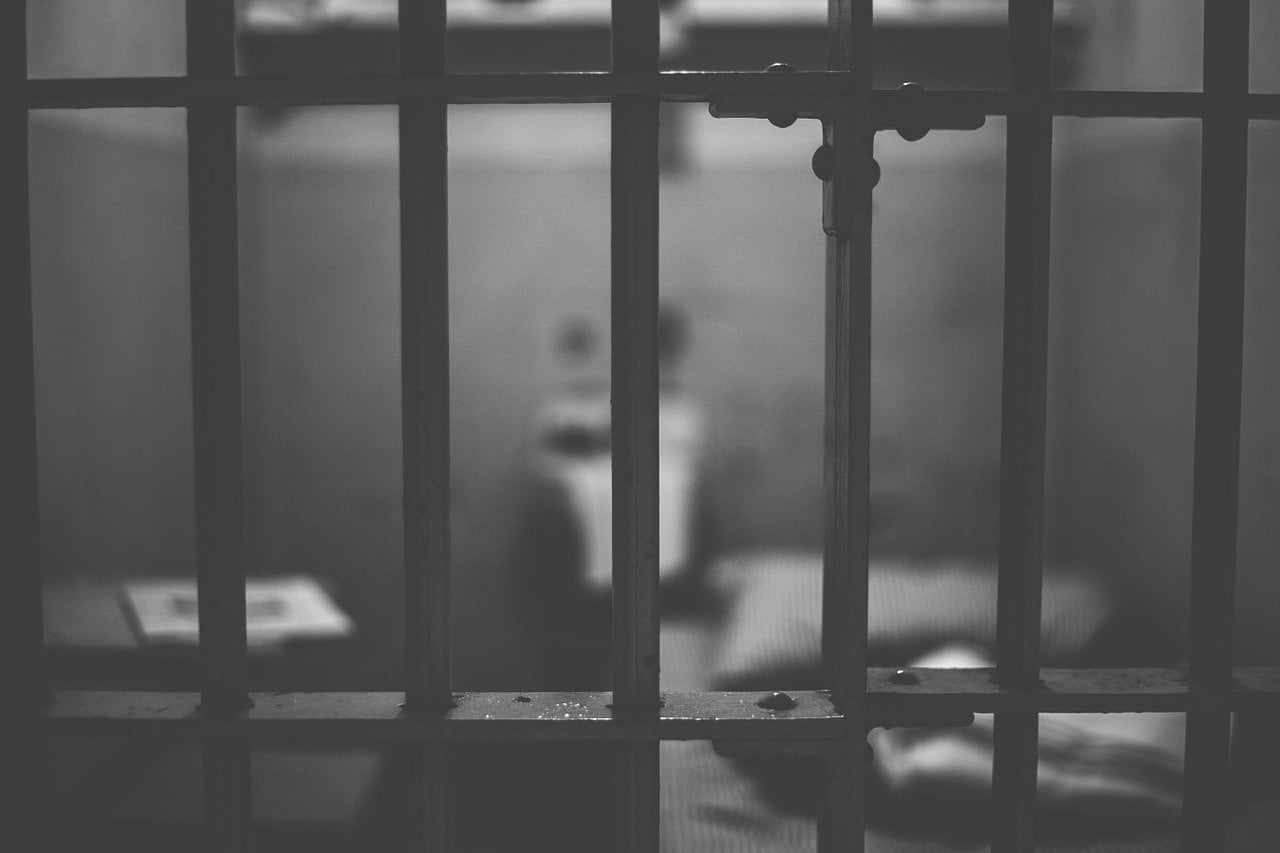Court OKs Campus Racial Hate Crime Hoax; Students Free to Ferment Hatred and Violence on Campus
WASHINGTON, D.C. (April 11, 2020) – An appellate court in New York has held that a SUNY student was free to go on Twitter, and to appear at a public protest event on campus, falsely claiming that she was the victim of a racially motivated criminal assault in a public place during which she was called a “n*gg*r,” for the apparent purpose of creating racial unrest at her school and in her community, despite a criminal statute designed to prevent just such public reporting of fabricated crimes.
Q1 2020 hedge fund letters, conferences and more
Falsely Reporting Hate Crimes
Although the ruling is likely to encourage and embolden other students to likewise seek to stir up public unrest and even violence by falsely reporting hate crimes - an increasingly common practice going back at least to the infamous 1987 Tawana Brawley case featured in Spike Lee's "Do The Right Thing" movie - such speech is protected by the First Amendment to the Constitution, the court ruled.
Interestingly, this same legal theory could be used to protect college students from any campus discipline for falsely making claims of racial, ethic, misogynistic, or homophobic motivated incidents at state colleges and universities - which are likewise bound by the First Amendment - notes public interest law professor John Banzhaf, an ardent defender of First Amendment rights of college students.
The defendant, an African American female, claimed, in the words of the court, "that 'she was 'jumped' on a bus by a group of males, that it was a racial crime, and that she was struck by boys and called a 'n*gg*r.'" [NOTE: The opinion used the n-word without alteration].
Convicted Of Falsely Reporting An Incident
She was convicted of violating "Penal Law § 240.50(1), defines the crime of 'falsely reporting an incident in the third degree': 'knowing the information reported, conveyed or circulated to be false or baseless, ... initiat[ing] or circulates a false report or warning of an alleged occurrence ... of a crime ... under circumstances in which it is not unlikely that public alarm or inconvenience will result.' The crime is not limited to making false reports to the government; it includes making them publicly." [emphasis in court opinion]
Despite finding that "it was 'not unlikely' that defendant's false tweets about a racial assault at a state university would cause public alarm," the court nevertheless reversed her conviction under this statute because "criminalizing false speech requires either proof of specific harm to identifiable victims or a great likelihood of harm."
Although it acknowledged that the defendant's tweet triggered a "Twitter storm," it opined that "[t]he remedy for speech that is false is speech that is true," since, "by the very nature of social media, falsehoods can quickly and effectively be countered by truth, making the criminalizing of false speech on social media not 'actually necessary' to prevent alarm and inconvenience."
Obviously, many who have witnessed how false reports of racial incidents can lead to unrest and even violent protests - not only on college campuses but also elsewhere - may doubt the court's assurance that social media can quickly and effectively counter such fabrications by simply proclaiming the truth.
So, despite the numerous recent examples of unrest and even violence on university campuses triggered by false reports of racial incidents - many of which even fell far short of any crime - holding that such knowingly false claims and complete fabrications do not constitute a crime (and thereby perhaps preventing them from even being reported to the police), or cannot even be the basis of discipline at any state college or university, could easily lead to more such reports, and to even more unrest and possible violent protests on campuses, suggests Banzhaf.





